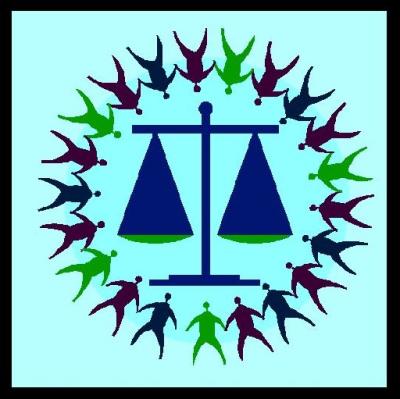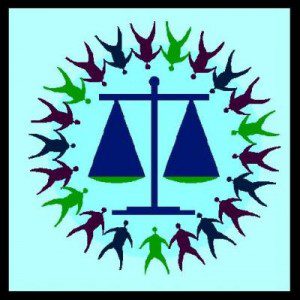Attending the This Is How We Do It conference in NYC, I had the opportunity to hear Reverend Nelson Johnson, Executive Director of the Beloved Community Center and leader of the Greensboro Truth & Reconciliation Commission speak on the specific communication methodologies used in his Southern community to bring systemic racism and harmful histories “out of the closet” and move towards healing.
The Greensboro Truth & Reconciliation Commission [GTRC] uses a truth and reconciliation model, such as was used in post-apartheid South Africa, as well as a restorative justice model, such as is used by several nonviolent communication (NVC) projects working within incarceration facilities. With the intentions of promoting healing and “seeking life-affirming restorative justice,” this model leverages community conversations that strive to make a formal space for listening to all sides of a conflict, and to truly hear where harm has been done and what was going on for those who committed the harm.
Hearing Rev. Nelson, an African American, speak about going to the home of a KKK member in order to request that there be no violence during an upcoming KKK visit to his town, I thought of some core functions of NVC – empathy guessing, seeking to truly hear others, the power of requests, and stepping into the fire with those requests. What do you think of when you imagine having charged conversations? The GTRC has been making progress towards healing in their community — how do you think honest communication could work towards healing in one of your communities?
Another methodology commonly used for community healing is Restorative Circles, and our colleagues at Bay NVC have been working since 2002 on an NVC-based restorative justice circles program focused incarcerated peoples. Seeing the power for change in working with those affected by incarceration [both those “in” and surrounding communities], we’re motivated to support and to do similar work in New York City. Local community members who are interested in volunteering with us to develop this project, please contact the Center for Collaborative Communication.
This article originally appeared on the Center for Collaborative Communication’s blog which is updated regularly with information and exercises on nonviolent communication.


